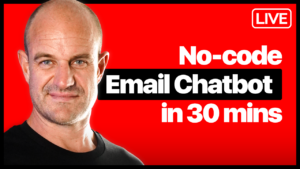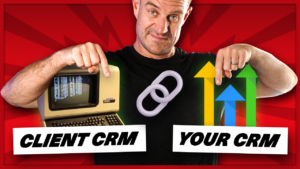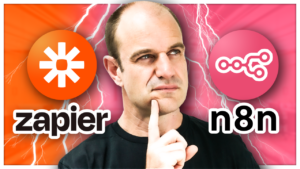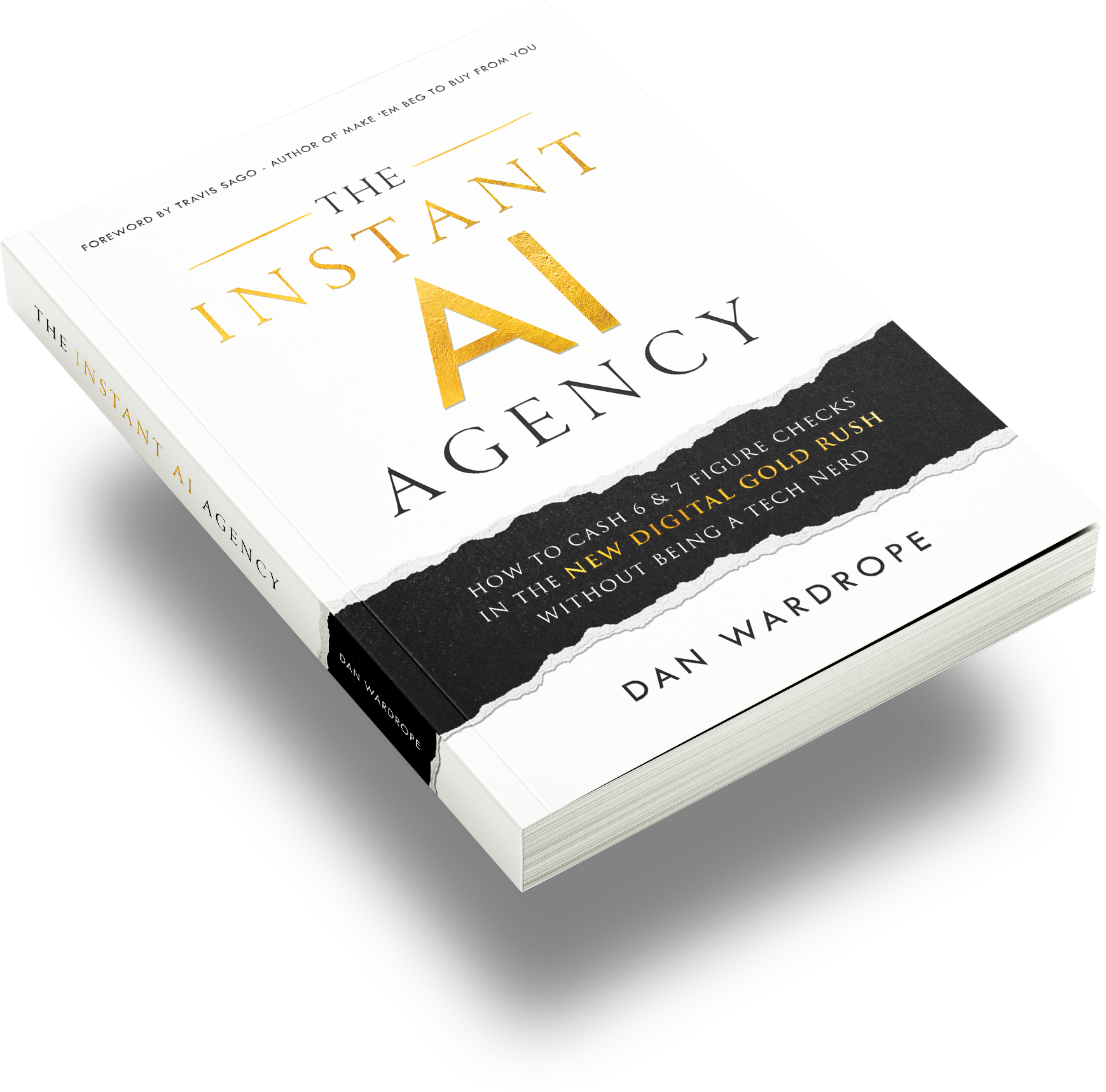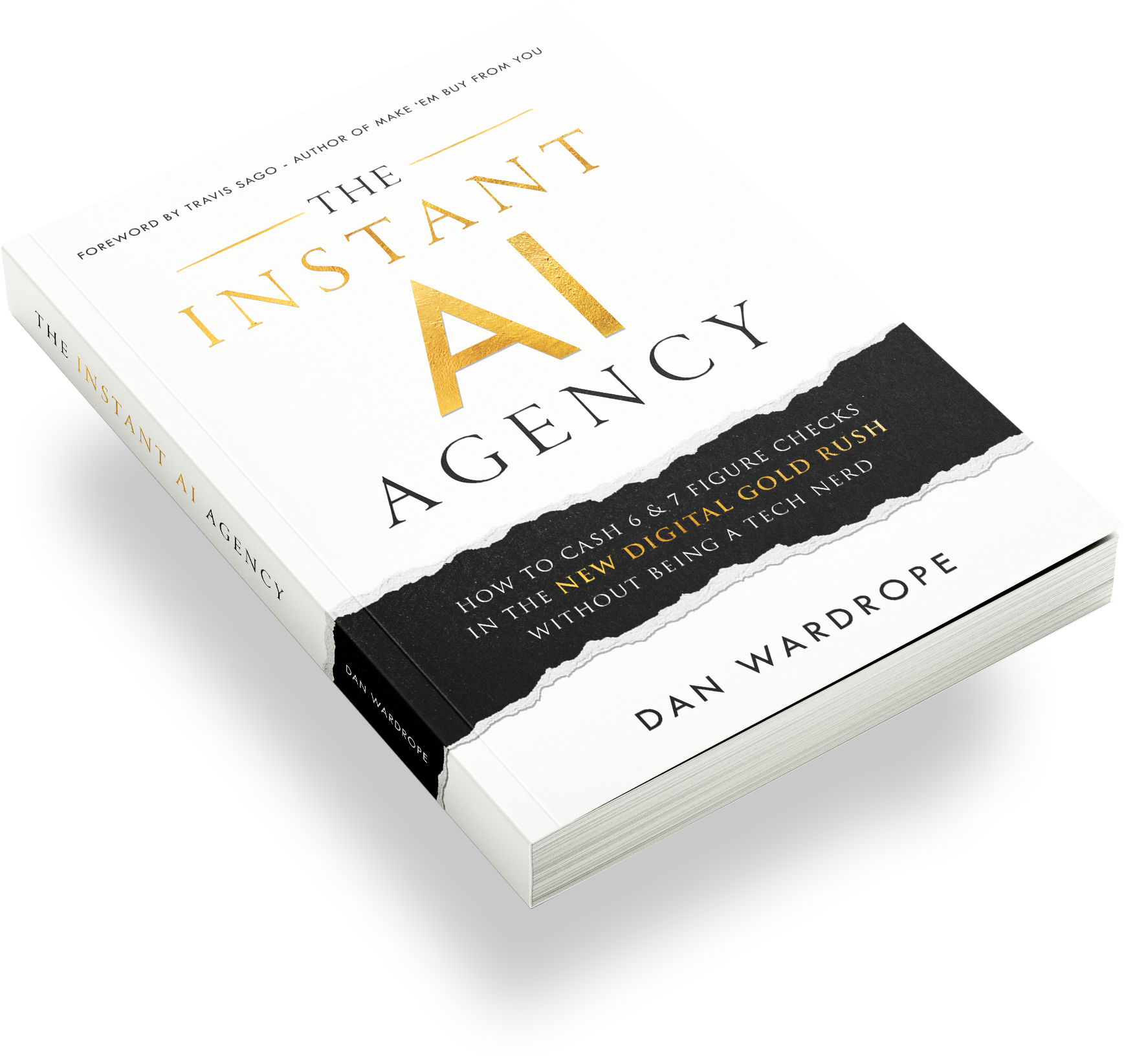KPIs…
If you’re a PPC agency owner looking to generate thousands of top-quality leads for your high-ticket clients, Facebook is the place to start running and optimising your ads.
Hopefully, most of you are using Facebook ads already. However, for those of you just starting out (or even some of you who’ve been using Facebook for a while!), the secret to a successful campaign is tracking your Key Performance Indicators (KPIs).
Defining your KPIs drives efficiency, effectiveness and ROI for every pound or dollar you spend. They’re also incredibly useful for measuring your ads’ triumphs and losses.
There is absolutely no excuse now, in 2019, for not knowing why your ad campaigns are either smashing the competition out of the park or tanking.
Chances are, with a quick Google search, you’ll find articles that list 10, 16 or even 25 KPIs that’ll boost your campaign efforts.
Yeah, sure. If you want to make full use of your 24 hours in a day. At FlexxDigital, we measure 4 – and that keeps us on the straight and narrow.
Here they are, in detail:
KPI #1. The Facebook Relevance Score
You can put hours and thousands of pounds into a landing page that’s guaranteed to convert like crazy.
But what if your target audience is ignoring your ads?
To help you sort which ads are doing better than others, Facebook introduced a new relevance score metric in March 2018.
Equivalent to Google AdWords’ Quality Score, the KPI measures the ad’s effectiveness, how often they should deliver your ad, and the cost you pay for the campaign.
The social media platform then uses feedback from ad viewers to determine a score from 1 – 10. 10 is “highly relevant” and will get you more impressions at a lower cost.
When “marking” your ad, Facebook will take into account both positive and negative feedback. It scores your ad on a continual basis, so don’t get disheartened too soon.
Facebook gives you the score after 500 impressions, but another 200-500 may see your ad climb up the relevance ladder.
Remember, the relevance score is not about quality, as such, You could have some brilliant copy and a good design, but if the ad doesn’t match your targeting, Facebook won’t put you at the front of the queue when it comes to generating traffic.
So, beware if a large portion of your audience ignores or hides your ads. The Facebook algorithm will take that as a strong indication your targeting is off.
Key Tip: Improving Your Relevance Score
The Facebook algorithm is sensitive to “negative language” in ads and posts.
Even if you don’t intend to be negative, pessimistic phrasing can creep in without any of us realising it.
To improve your relevance score, avoid words such as:
- Death
- Sadness
- Broke
- Worst
- Crying
- Unhappy
- Unemployment
- Painful
Etc., etc. While these examples may seem obvious, it’s easy to slip a few of these in when we’re trying to hit a prospect’s “pain points”.
If you’re interested in your copy’s “sentiment score”, there are several Sentiment Analysis tools available online to keep you on the right track.
How To Escape "Retainer Prison", Wrestle Back 100% Control Of Your Time AND Give Yourself A Raise By Firing Your 10 Bosses (Clients)
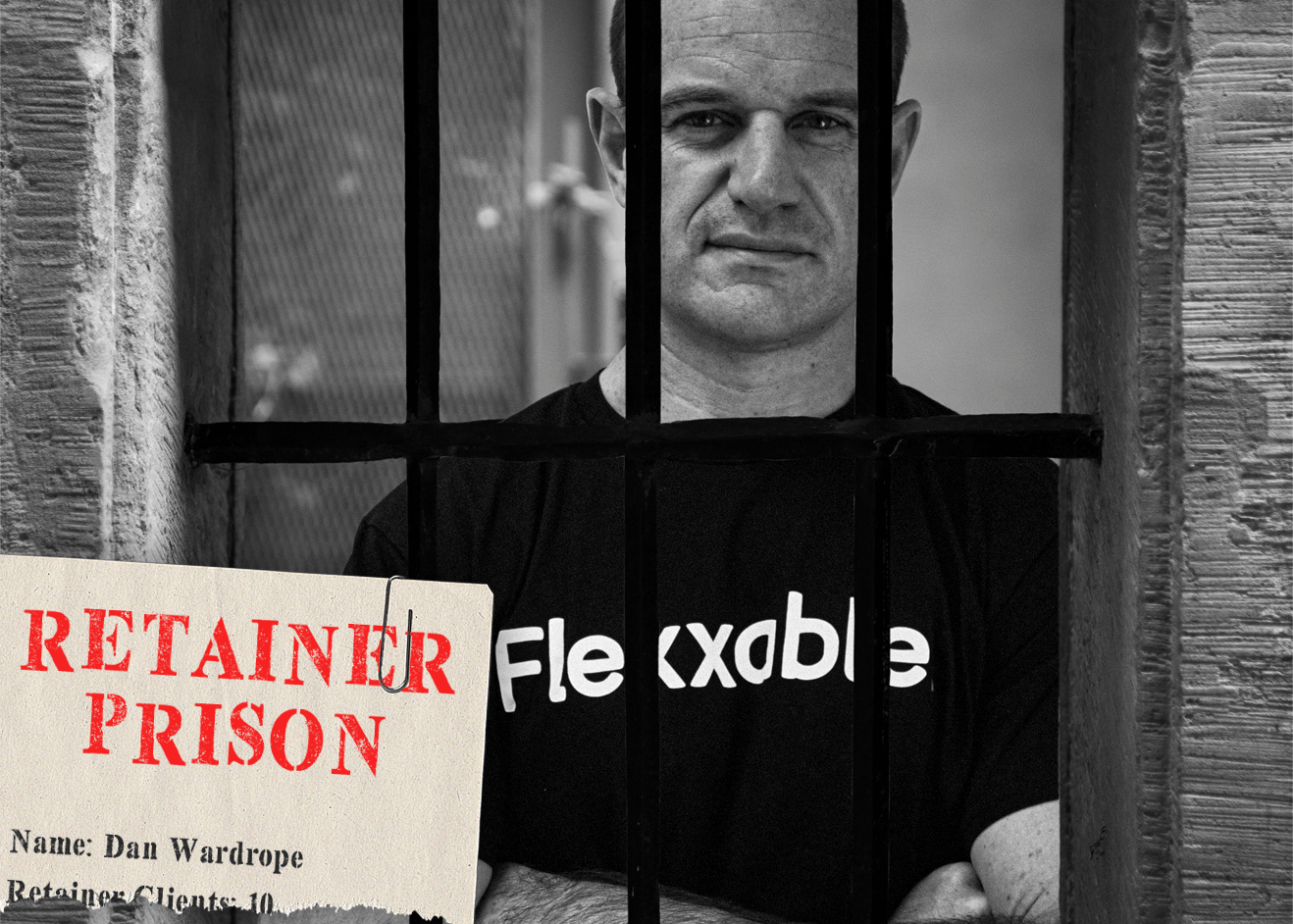
Lemme show you how to fire “pain in the butt” $2,000 a month retainer clients and replace them with $2,000 a DAY Pay Per Lead PARTNERS. Just press the button below quietly (so the warden doesn’t hear) and I’ll slide over my free “Retainer Prison” Escape Plan via email or Messenger, whatever suits.
KPI #2. The Cost Per 1000 Impressions
Once you’ve nailed your Facebook relevance score (about a 7 or 8 should do the trick!), you’ll notice a marked change in your CPM (Cost Per 1000 Impressions).
On Facebook, impressions are the number of times a post from your page is displayed. If, for example, someone sees your Facebook ad in their feed and then sees the ad later on when a friend shares it from their feed, that counts as two impressions.
Monitoring CPM as a KPI is to get a feel for how your ad is doing out there in the field. Increased impressions generally turn to increased engagement (aka clicks!).
Which brings me to…
KPI #3. The Cost Per Click (CPC)
If your ad has thousands of impressions, it makes sense that it’ll generate more clicks than an ad with a couple of hundred.
The Cost Per Click is a vital KPI because it’s one factor that will show you the financial success of your paid ad campaigns.
If you’ve set a daily budget, for example, and your ad isn’t getting very many impressions, your CPC will be very high.
As Facebook removes the ad from its billing rotation once your budget is hit, you’ll find that an expensive CPC means fewer people will see your ad.
However, if your relevance score is high enough, and plenty of people are engaging with your ad, a click that cost $1 could soon cost a handful of cents.
This means your ad will be in the billing for longer, gaining yet more impressions, with more users clicking into your funnel.
Which is important because…
KPI #4. The Cost Per Lead (CPA/CPL)
For PPC agency owners, this metric is the most decisive of the lot.
Your ad aims to get people into your funnel. Whatever your strategy after the initial click (to an advertorial or quiz, or straight to a landing page), the main thing is that you’ve sparked someone’s interest and they’re a step closer to becoming a lead.
It’s difficult to put an “ideal cost” on generating a lead, as every niche is different.
Some financial leads could cost $30 on a good day, which would be much too expensive for a lead in another vertical.
Experience will tell you a good CPL within your niche, but the aim is to make money.
Decide on a price you’re willing to pay per lead, then set that amount as your KPI. A sign of good performance is anything equating that amount or lower.
Obviously, if your CPL is too high in comparison to the cost of the product or service you’re advertising, then you know you’ll have to adjust your PPC campaign.
Conclusion
When you’re starting to build Facebook campaigns, focusing on your KPIs can be confusing.
Some people make the mistake of focusing on “vanity” metrics such as likes and fans. However, interaction doesn’t necessarily mean that the users have become leads, or have even entered your funnel.
In this post, I have shown you the top 4 metrics for gauging the success of your campaign. As you can tell, these KPIs feed into one another, so monitoring one on its own won’t make much sense.
Viewed together, on the other hand, and you’ll get a good insight into your ads’ overall health.
Want your Facebook campaigns to smash the competition out of the park?
Check out the Flexxable YouTube channel.
Everything you need to get your campaigns on track.

